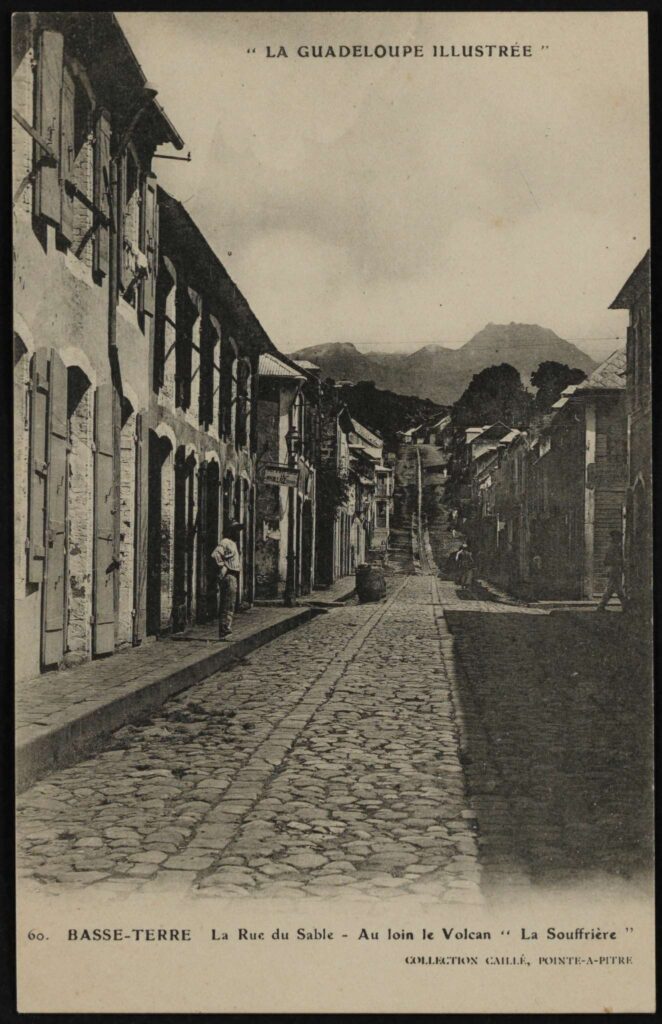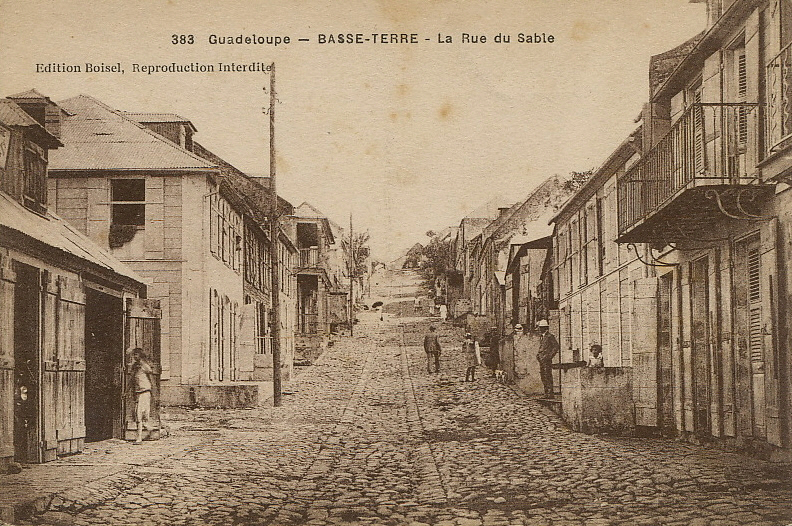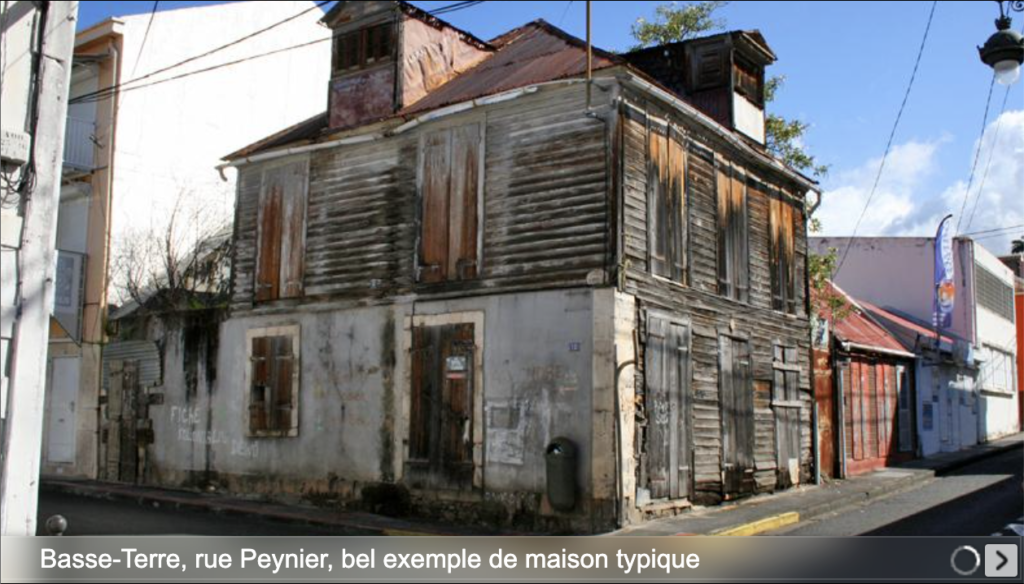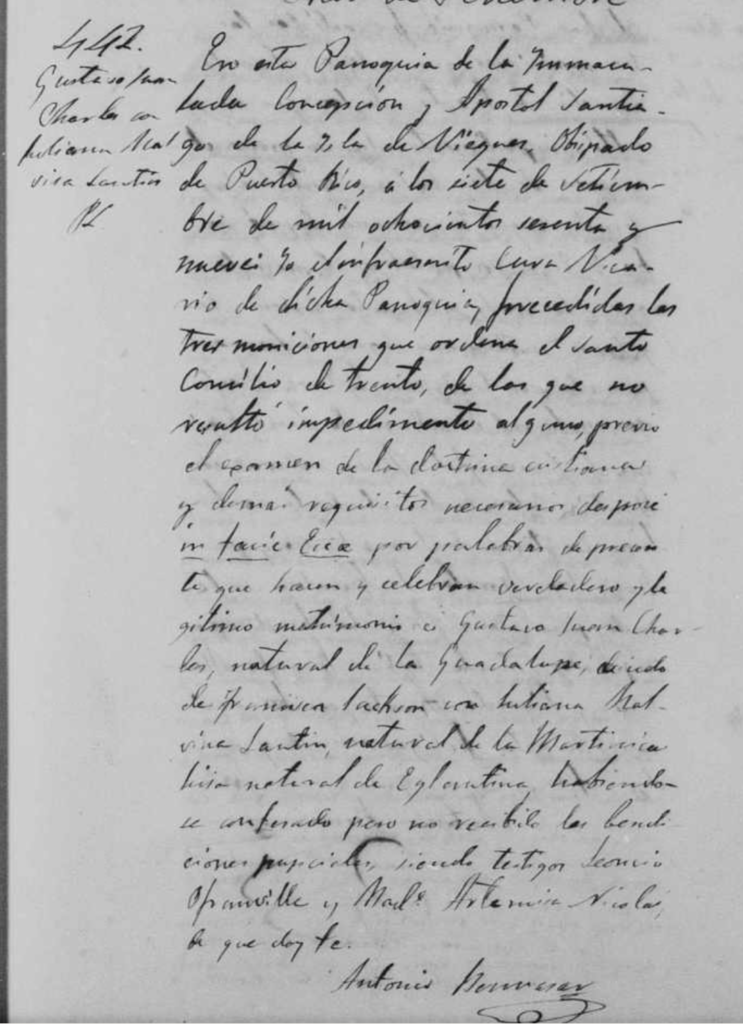Recently with the help of David Quénéhervé, I was able to receive a bit more information about Gustave Jean Charles from non-genealogical resources.
In an earlier post, I had learned about various records that mentioned Gustave Jean Charles and his wife, known in these records as Adèle Jacson, in the Archive de la Guadeloupe. In other records, Adèle was known as Françoise Jackson/Jacson. Since I do not have her baptismal record, I am not sure if she was born with both names and then chose to use each one at different points in her life.
The records found are known as “hypothèques”, records that deal with mortgages and selling/purchasing lands. Though they do not really provide new information such as birthdates or parents’ names, it gives us another type of glimpse into the life of Gustave before arriving to Puerto Rico.
There are a few “peculiarities” about Gustave Jean-Charles’ general life. For example, he was able to sign his name in Puerto Rico, he was a charpenter and a capitaine au cabotage (coasting captain) – positions I am imagine he would have needed training for, and his descendants carry a European male Y-DNA line. This leads me to believe that Gustave might have had some privileges in his life that gave him a leg up to receive some sort of education and to have a better social position.
Interestingly enough, Les Saintes (the group of islands Gustave was from) has an interesting cultural mix to begin with. According to Wikipedia, the islands received few slaves and the islands’ population is made up primarily by Bretons, Normans, and Poitevins (all regions in France) who came mainly to fish on the island versus coming to set up plantation slavery. This influx caused the islands to naturally create their own version of creole known as santois. Gustave Jean Charles was enslaved until about the age of 11 when his mother (Marie Lucie) and siblings (Adélaïde, Charles, and Augustine Marie) were manumitted in 1832, while his father (Chaleau Jean Charles) was freed in 1842 at about the age of 56. So Gustave and his parents were a part of the “few slaves” on the island of Terre-de-Bas, but I wonder what the social atmosphere would have been like and what rights were afforded to the Les Saintes slaves versus those in Guadeloupe proper.
Nonetheless, the Archives départementales de la Guadeloupe gives us a bit of insight into the later portion of Gustave’s life, right before he leaves everything behind for Puerto Rico. The most interesting document takes place on the 13th May 1861, it is a sale/purchase that is occurring between François Dulysse Lacour (brother of Auguste Lacour, a Guadeloupean historian) and Adèle Jacson, with the permission of her husband, Gustave Jean Charles.
It mentions them as Monsieur Gustave Jean Charles, charpentier de marine et capitaine caboteur domicilié à la Basse-Terre, sa femme Adèle Jacson, san professsion. [Mister Gustave Jean Charles, marine carpenter (shipwright) and coasting captain living in Basse Terre, his wife Adele Jacson, without profession]. They paid a sum of 4,275 francs 35 cents for the price of the sale of a house in Basse-Terre, on Rue Sable, Nº 32. The document goes on to describe the house and the property on which it sits on:
“…un terrain situé en cette ville Basse-Terre, rue du sable numéro 32 parte au cadastre sous le #30, ancien numéro 32 canton et arrondissement de la Basse-Terre ayant 8 mètres extérieur de façade, sur la rue du sable et 19 mètres de profondeur, borné à l’est par la maison et le terrain de M. Rafaël Guilliod, aux droits des héritiers Vatable, le mur de séparation, étant mitoyen… au sud par la propriété des ayants droits du sieur Lavau, le mur de séparation, étant mitoyen… à l’ouest par le terrain et la maison de M. Paul Clayssen, aux droits des héritiers Vatable, le mur de séparation qui va de la rue du sable, jusqu’à un appentis ci-après désigné mitoyen… et au nord par la rue du sable.”
“…a plot of land located in this city Basse-Terre, rue du sable number 32 part of the cadastre under number 30, formerly number 32 canton and borough of Basse-Terre having 8 meters of exterior facade, on rue du sable and 19 meters deep, bound to the east by the house and land of Mr. Rafaël Guilliod, with the rights of valid heirs, the separation wall, being adjoining… to the south by the property of the beneficiaries of Mr. Lavau , the dividing wall, being adjoining… to the west by the land and the house of Mr. Paul Clayssen, with valid heir rights, the dividing wall which runs from the rue du sable, to a lean-to hereinafter referred to as adjoining… and to the north by rue du sable.”
This description gives us a physical understanding of where the house was and also in relation to other houses on the street such as next to that of Mr. Rafaël Guilliou, Mr. Lavau, and Mr. Paul Clayssen.
The record continues with a description of the actual home [edited to reflect correct spelling of French words, thanks to David Quénéhervé]:
“…une maison construite sur le dit terrain ayant un rez-de-chaussée, un étage et un galetas, le mur du côté de l’est est en maçonnerie, une partie du mur du côté de l’ouest est aussi maçonnerie, tout le reste de la maison est en bois, la couverture est en aissantes, le rez-de-chaussée est composé d’une grande salle, d’un couloir, d’une galerie et d’un petit cabinet placé sous l’escalier qui conduit ‘a l’étage, le tout est planchéié. L’étage est composé d’une galerie et de trois chambres à la suite et au sud de la dite maison, se trouve une cour dans laquelle il y a deux appentis en bois couverts en aissantes, l’un à l’est ayant deux pièces et l’autre à l’ouest ayant trois pièces y compris la cuisine dans la même cour il y a un bassin et la fontaine…”
“…a house built on the said land having a ground floor, a [first] floor and an attic, the wall on the east side is of masonry, part of the wall on the west side is also of masonry, all the rest of the house is in wood, the roof is made of slats, the ground floor is made up of a large room, a corridor, a gallery and a small cabinet placed under the staircase which leads to upstairs, everything is planked. The [first] floor is composed of a gallery and three bedrooms following and to the south of the said house, there is a courtyard in which there are two covered wooden lean-tos, one to the east having two rooms and the other to the west having three rooms including the kitchen in the same courtyard there is a basin and the fountain…

It is quite amazing to see the description of this house and to imagine my 4th great-grandfather living in and walking around this house. In the description it mentions the house had a ground floor, a first floor, and an attic – made up of a mix of wood and masonry (rocks). Not only that but it seems that the house had a courtyard as well in the back where you could find other parts of the house as well such as the kitchen and even a fountain. From the two images down below we can see the actual street (Rue du Sable) in Basse-Terre, Guadeloupe where the house would have been located.


A quick Google search into old houses found in Basse-Terre, Guadeloupe show us some examples of houses from the 18th-19th century that can still be seen and found in the town, and from their description and visuals, they seem very close to what Gustave Jean-Charles and his wife probably would have lived in. Also searching for “Rue du Sable” on Google brings up the current street “Rue Maurice-Marie-Claire”, nearby there is a “Rue du sable, impasse” which seems to be a small off-shoot from the main street. It is likely along these streets where Gustave and Adèle would have lived.

This specific record I chose to mention today is important for various reasons. It not only shows the type of possessions Gustave Jean Charles and his wife would have had just some years after liberation but it also is the latest date of Gustave still living in Guadeloupe. By the time his wife dies in 1865, it seems he is no longer living in Guadeloupe seeing as how her death was not reported until April 1869, four whole years after her actual death. And I think it is no coincidence that later in 1869, Gustave is found marrying my 4th great-grandmother in Vieques, Puerto Rico.

So we know that likely Gustave would have left Basse-Terre between purchasing a home and his first wife’s death in 1865. Currently, I do not have an actual entry date into Puerto Rico because there really are not many databases for Puerto Ricans and others entering the island until airplane and some ship manifests became of popular use in the 20th century. If there are any from the 19th century or before, they are likely held in the Archivo General de Puerto Rico.
We also know that Julienne and Gustave return to Martinique together seeing as how their daughter Marie Alexandrine was born there in 1878. Would this have been the first time Gustave would have visited Martinique or had he been via previous journeys as a capitan?
As you can see, all of these pieces lead us down new journeys and discoveries of our ancestors – and sometimes they come from non-typical genealogical material! Never leave any stone unturned!
Cover Photo: “Archives Départementales de la Guadeloupe,” Archives Départementales de la Guadeloupe (https://www.archivesguadeloupe.fr/ : accessed 8 September 2022)

